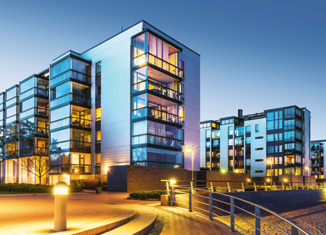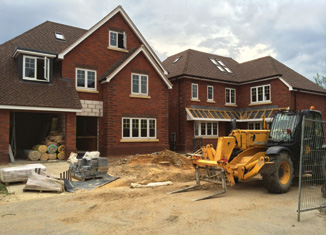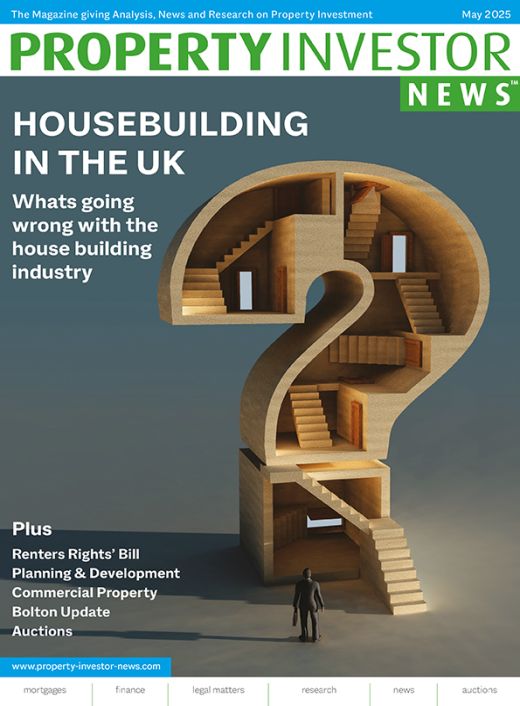In the last 10 weeks, life in the UK has changed beyond recognition in a way that we could not have predicted and the pandemic has led to a level of uncertainty in the property market that we have not seen for 10 years. As we start to see “green shoots”, with the gradual unlocking of the residential sector, what changes might we see in the demands of end users resulting from the “Stay at Home” message? How might that influence the look and feel of new developments in the years to come?
Confidence in communities
The lockdown has had affected people differently according to where they live, in particular depending on whether they have outside space, if they have anyone else in their household and the size of their accommodation. There has been a significant growth in the last few years for accommodation that provides more flexible or communal living arrangements, to cope with demand for those who do not expect to stay in a particular area for a long period of time or for those who live on their own but would like to feel part of a community. This has played out with the expansion of build to rent, co-living schemes and co-housing developments, which actively encourage residents to mix with their local community, creating a different market to the traditional development of flats. However, it is people in this type of accommodation that has been affected the worst by the lockdown restrictions and the communal facilities, which are usually key selling points (such as gyms or shared lounges), are now subject to restrictions, if they are usable at all.
Economics tells us that by making a commodity scarce its value increases and this is very true in the case of outside space, as could be seen in the initial stage of lockdown when we were restricted to leaving the house once a day for exercise, to buy food and medicine or for essential travel. We all know that having access to outside space, fresh air and daylight brings substantial benefits to wellbeing and health. So how can this be future-proofed for new developments where communal outside space is important not just to supplement private space but also to enable the development of real communities? This will be the challenge for master planners, architects and designers to encourage confidence in public space in a post-COVID world.
From a practical angle, how can common areas in buildings be future-proofed to avoid or reduce social interactions where this is necessary? At the same time, how can developers encourage new developments to be communities, not just boxes with roofs - might we see an increase in community-led development and more take-up in the community land trust model?




















